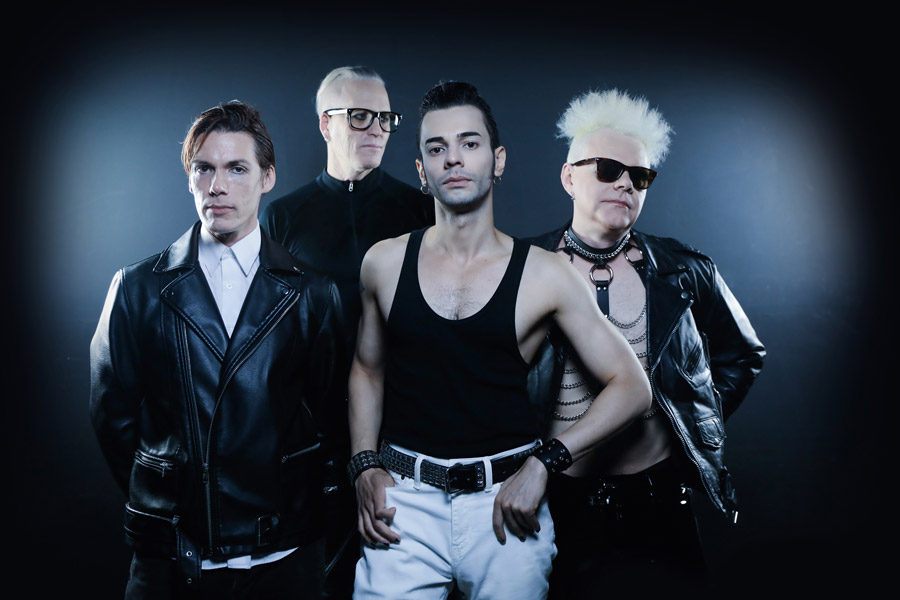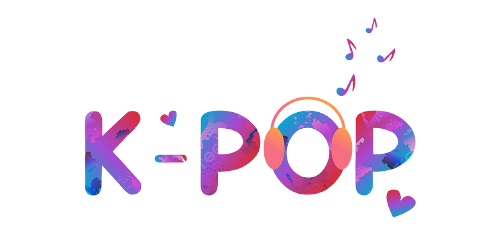
Depeche Modes Album Art The Visual Aesthetics That Define Their Era
Depeche Mode Album Art: The Visual Aesthetics That Define Their Era
Depeche Mode, the pioneering electronic band that emerged in the early 1980s, transcended the boundaries of music with their compelling blend of synth-pop and alternative rock. While their sound has significantly influenced various genres over the decades, the band’s album artwork is equally impactful, serving as a visual representation of their sonic evolution. Each album cover tells a story, providing insight into the band's thematic explorations and artistic inclinations over time. The visual aesthetic of Depeche Mode is not just a supplementary element to their music; it is an integral part of the band’s identity.
The Evolution of Depeche Mode's Visual Identity
From their debut album 'Speak & Spell' to their latest works, Depeche Mode's album art has evolved significantly. Early covers, such as that of 'Speak & Spell', were characterized by bright colors and playful typography, reflecting the upbeat and youthful sound of their initial releases. As the band matured both musically and thematically, their visuals began to shift. Albums like 'Black Celebration' and 'Violator' embraced a darker and more sophisticated aesthetic, incorporating somber color palettes and abstract imagery. This transformation mirrored their musical evolution, adopting complex themes of love, loss, and existential angst, resulting in a captivating synergy between audio and visual elements.
Iconic Designers and Their Contributions
The visual aesthetic of Depeche Mode owes much to the talented designers who brought their artistic visions to life. Notable collaborations with artists like Anton Corbijn have left an indelible mark on the band’s image. Corbijn's ability to capture the band's emotional depth through stark black-and-white photography and enigmatic visuals helped shape the iconic albums of the late '80s and early '90s. His work on the 'Violator' cover, featuring the unmistakable image of a rose and a black background, became a symbol of the band's artistry and remains one of the most recognized album covers in music history. Such collaborations not only influenced the band's branding but also left a lasting legacy in the world of visual art in the music industry.
The Emotional Connection Through Art
The artwork of Depeche Mode goes beyond mere aesthetics; it establishes a profound emotional connection with fans. Each album cover acts as a visual companion to the music, enhancing the listening experience. The haunting imagery and evocative designs resonate with the band's thematic explorations, allowing fans to delve deeper into the emotional landscape of their songs. This interplay between music and visual art has birthed a robust subculture where fans eagerly seek out Depeche Mode Merch that encapsulates this artistic vision. Merchandise, featuring tour posters, clothing, and vinyl editions adorned with iconic artwork, not only celebrates the band’s legacy but also fosters a sense of community among fans who cherish the aesthetic as much as the music.
The Lasting Legacy of Depeche Mode's Visual Aesthetic
As Depeche Mode continues to evolve and innovate, their commitment to high-quality visual artistry remains a key facet of their identity. The influence of their album art resonates throughout the music industry, inspiring countless artists and designers. This dedication to melding sound and visual art has solidified Depeche Mode's place as not only a leading force in music but as an enduring symbol of artistic expression. Whether through striking album covers or thoughtfully designed merch, their visual legacy is a testament to the band's ongoing relevance and their profound impact on the cultural landscape. As fans celebrate Depeche Mode's contributions, they continue to find joy in collecting merchandise that reflects the band's unique artistic vision.









